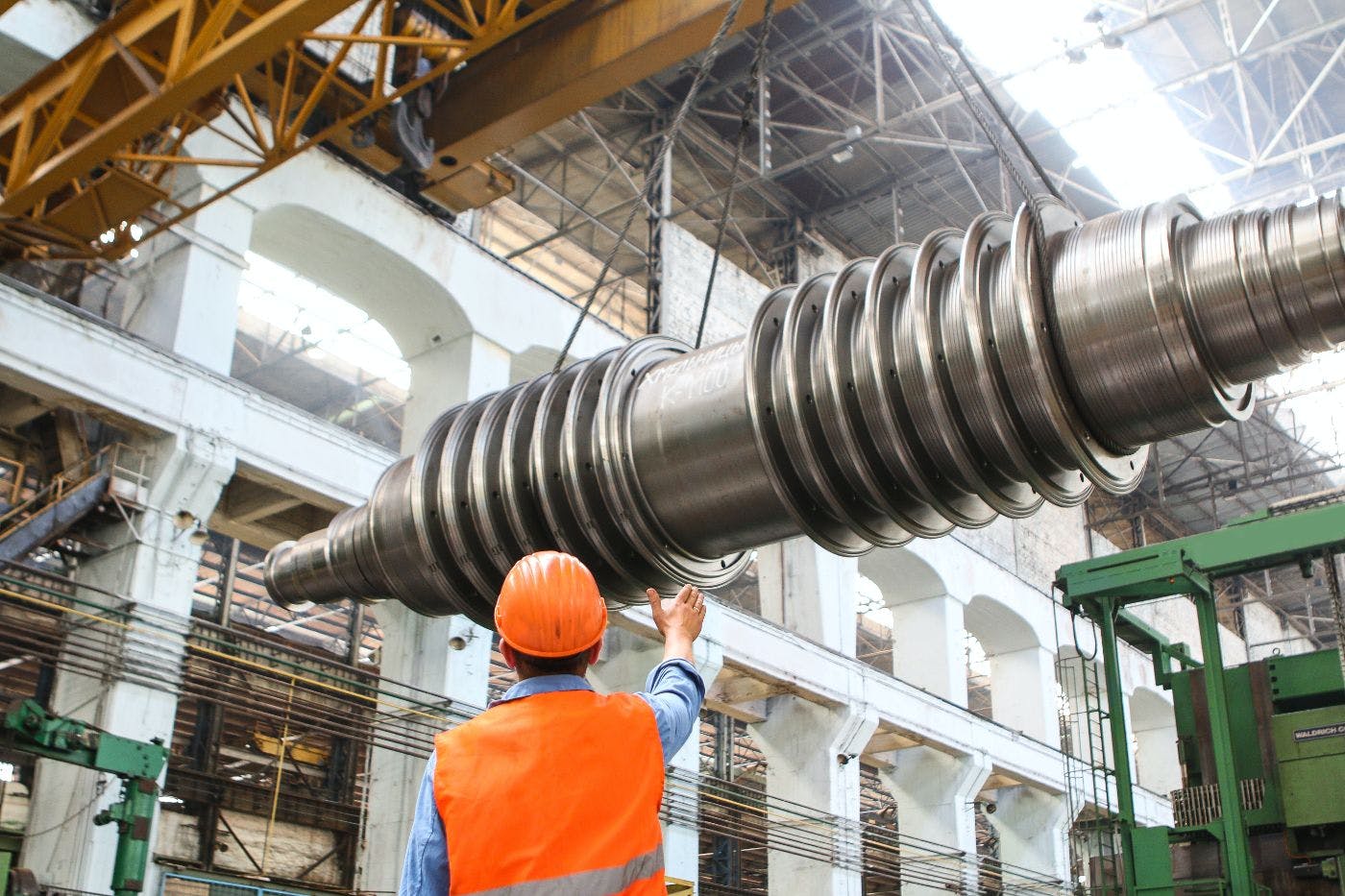For many mid-size manufacturers embarking on a digital transformation journey, the hardest part of the project is determining what needs to be tackled first.
A new five-stage maturity model for Industry 4.0 can help by providing a framework for identifying and addressing key areas of opportunity, as well as outlining a path forward for further improvement. Use this framework to validate, benchmark, and map your company’s progress toward digital maturity and leadership.
Stage one: achieving connectivity on the production floor
Objective: By connecting the machines to each other and a central system, you will be able to monitor the output. This will result in an immediate productivity boost of 25-30%.
Manufacturers at this stage don’t have any connectivity on their production floor. The manufacturing process is not connected and not fully integrated, and there is a lack of live connectivity to the machines.
This is the foundational stage of Industry 4.0, where machines are connected to each other and to a central system. This allows for data collection and monitoring of machine output, resulting in increased productivity (25-30%).
90% of mid-size manufacturers are currently at this stage. The good news is that since the manufacturing process takes 70-80% of operational cost, fully integrating machines into a network can bring tremendous ROI. Establishing connectivity of your machines is the low-hanging fruit that can provide significant ROI almost immediately.
In this stage, manufacturers should focus on:
- Implementing basic data connectivity across the production floor
- Collecting data on machine output and performance
- Analyzing data to identify areas of opportunity for improvement
Stage two: unlocking the power of data by connecting siloed systems
Objective: connect the production floor to the ERP and to the other peripheral systems. The estimated boost in productivity is 20%.
Once a manufacturer has achieved a basic level of connectivity on the production floor, the next step is to improve the information flows between discrete information systems. The first order of business is to close the loop between the production floor, the ERP, and other peripheral systems.
Once this is achieved, work orders and infrastructure data can flow seamlessly between the production floor and the rest of the organization. Infrastructure data can now flow from the ERP to the production floor, and the production floor data can flow back into the ERP system. This two-way data flow results in an improved planning process, increased accuracy, and better control over costs.
In this stage, manufacturers should focus on:
-
Connecting siloed information systems
-
Enabling two-way data flow between the production floor and the ERP
-
Improving planning and execution with increased data accuracy
Stage three: achieving end-to-end supply chain visibility
Objective: Close the loop by connecting with suppliers and customers. Productivity is enhanced by 20%.
The next step in the digital maturity journey is to achieve end-to-end supply chain visibility. In this stage, manufacturers close the loop with suppliers and customers. This allows for a more collaborative relationship with suppliers and real-time tracking of customer demand.
By connecting all the different parts of the supply chain - including CRMs, warehouse management systems, product lifecycle management systems, and shipment systems - into one unified data universe, a manufacturer can achieve full-cycle visibility from suppliers to end customers.
In this stage, manufacturers should focus on:
-
Establishing real-time connectivity with suppliers and customers
-
Tracking customer demand in real-time
-
Creating a unified data universe across the supply chain
-
Ensuring integration between different data types and formats
Stage four: Utilizing predictive analytics to improve business processes
Objective: put the power of advanced analytics to work. Growth potential 100%.
Once a manufacturer has achieved end-to-end visibility of its supply chain, the next step is to utilize predictive analytics to improve business processes. By harnessing the power of data, manufacturers can make better decisions about everything from pricing and promotions to production planning and quality control.
Predictive analytics can be used to identify trends and patterns in customer behavior, optimize pricing and promotions, forecast demand, and much more. By utilizing predictive analytics, manufacturers can improve their decision-making process and enable themselves to proactively respond to changes in the market.
In this stage, manufacturers should focus on:
- Implementing predictive analytics across the business
- Using data to make better decisions about pricing, promotions, and production
- Responding proactively to changes in the market
Stage five: optimizing the enterprise with artificial intelligence
Objective: Implement AI-powered solutions to optimize business processes. The growth potential is 200%.
The final stage of the digital maturity journey is to optimize the enterprise with artificial intelligence (AI). In this stage, manufacturers implement AI-powered solutions to further improve business processes.
By harnessing the power of AI, manufacturers can optimize their operations from end to end. AI can be used for everything from predictive maintenance and quality control to material handling and logistics. By utilizing AI, manufacturers can gain a competitive edge and position themselves for long-term success.
In this stage, manufacturers should focus on:
-
Implementing AI-powered solutions across the business
-
Optimizing operations from end to end with AI
-
Gaining a competitive edge with AI
Digital maturity is the key to unlocking the full potential of Industry 4.0. By understanding the stages of digital maturity, manufacturers can map out a path to success and position themselves for long-term success in the digital age.


